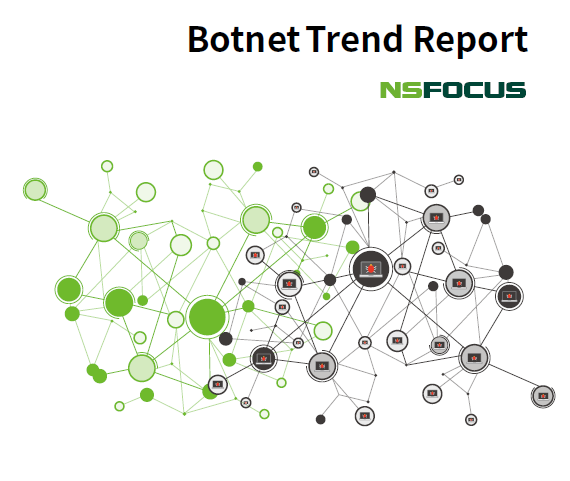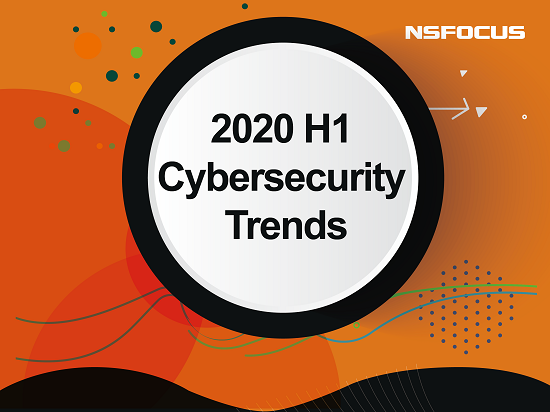Annual IoT Security Report 2019-1
Executive Summary With the constant evolution of the Internet of Things (IoT), the security of IoT is becoming an issue that more and more people are concerned about. In 2016, we issued the IoT Security Whitepaper to popularize IoT security for a general audience. In 2018, we released the 2017 Annual IoT Cybersecurity Report to […]





